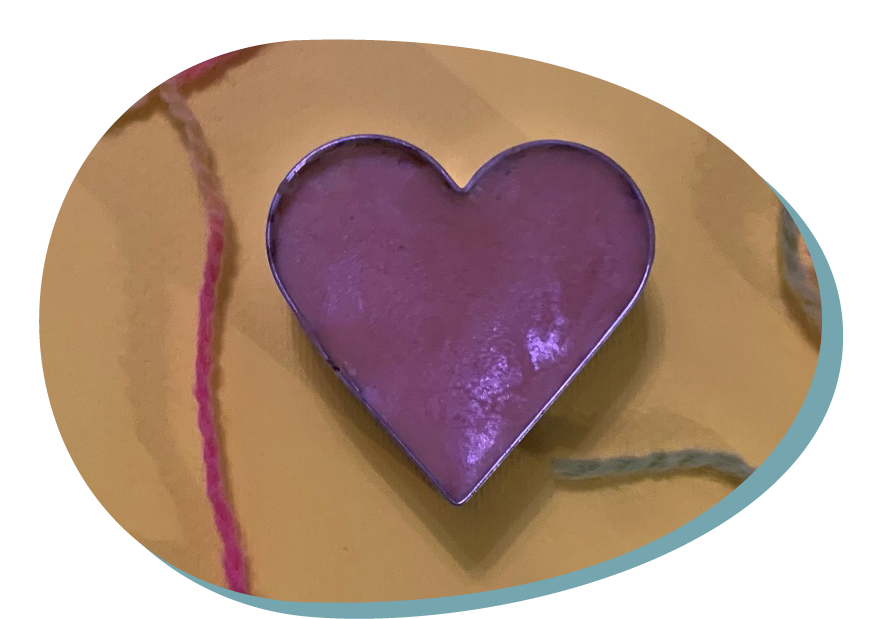Natural soap
Type of resource: website
Web address https://www.coopeureka.it/attivita-steam/
Language: EN
Description
Exploring nature through the senses, discovering the passages of matter and basic chemical reactions.
Scientific concept introduced
solidification, fusion, liquid, collaborative learning, solutions, chemical reactions
Creative and critical thinking
Critical thinking: Analysis, Observation, Comparison, Problem solving
Creative thinking: Manipulation, Curiosity
Mathematical reasoning
Measurement, Time calculation
Scientific thinking
– Asking questions
– making assumptions
– experimenting
– recognising quantities
– comparing results
Learning how to learn
– Collaborate in a group
– Carry out an experiment
– Follow instructions
– Ask questions about the states of aggregation of elements
– Recognise and use the senses and know how to communicate them to others
Additional
– working in groups
– asking for help
– negotiating in case of conflict
– respect for others
– distributed leadership
Natural soap
Overall aims
– enable pupils to explore the senses and recognise them
– enable pupils to explore and understand state transitions
– developing pupils’ ability to listen and compare notes within the working group
– follow the teacher’s instructions
– working in a team respecting roles
– stimulate manipulation
– making something creative and personal
– metacognitive reflection
Vocabulary – keywords should be understood
states of aggregation/passages of state, liquids and solids, cooperative learning, ginger, honey, vanilla, orange, lemon, stencils, water, soap flakes.
Expected learning outcomes (operational aims)
the child/student will be able to:
– Carrying out an experiment
– Investigating transitions
– Discuss the experiment and draw conclusions
– Exploring the senses and recognising them
the child/student will have developed the ability to:
– Working together as a team
– Scientific observation
– Respect for rules and directions
STEM skills – to which the learning unit is related to
CORE STEM SKILLS
Doing the experiment
Observe and discover cause-effect relationships
Calculate weight, measurement and time
Asking questions
Hypothesising the results
Observing the aesthetic result of an experiment
ADDITIONAL SKILLS
Cooperative work
Listening to the advice of others
Manipulation
Making shapes
Respect for others
Teaching methodologies/activity outline
Introduction:
By activating the five senses, the children will analyse the characteristics of each material and will be asked where the chosen materials can be found in everyday life.
Presentation of the experiment to be put into practice, named: “The natural soap bar”.
The experiment will be used to make a bar of soap and to understand the changes of state in the elements.
Activities:
The teacher will explain the experiment to the pupils. The class is divided into 4 groups in which each group has its own role (leader, voice controller, mediator…) and each group will have its own essence to use in making the soap.
Material:
120 g of soap flakes (you can recover used soaps in your home);
90 g water;
40 g honey;
ginger and vanilla powder to taste
lemon and orange flavourings to taste;
a glass jug;
a small saucepan;
a wooden spoon;
balance;
stencils.
Instructions:
1. Each group boils for one minute 90 g of water and honey with the flavour of their choice.
Question: What is one minute in seconds? 1minute=…seconds;
2. Pour the liquid into a container
3. Add 120g of soap flakes Question: How do we calculate the right amount? Note to teacher: use of scales
4. Place the container in a pot of boiling water. Question: What happens to the soap flakes in boiling water?
5. When the soap flakes have dissolved, stir well.
6. Pour the contents into containers or moulds on a cutting board and leave to cool. Question: What happens to the contents once they have cooled?
Each child takes their own soap out of the mould
Conclusions:
at the end of the experiment the children discuss together what they have learnt and how they worked as a group. Each group documented the activity by taking pictures of the soaps, which will be hung up in the classroom.
Assessment of learning
Debriefing between pupils and teacher; observation by teacher
Equipment and materials to be used in learning unit (tools, ingredients etc)
– Water
– Caster sugar
– High glass beakers (one for each pupil)
– Food colours (red, blue, yellow, green, purple)
– Washing wheels
– Skewer sticks (one each)
– Balance
– Aromas
– Spoon (one each)
– Misurino
– Cooker
Kind of setting
Science laboratory or classroom
References – source
Natural soap
1. Usefulness for STEM education – integrating content of different disciplines
Cross-curricular character of the resource

The range of S-T-E-M subjects included

The presentation of possibilities of including artistic activities (STEAM approach)

2. Expected learning outcomes
Consistency (links) with preschool core curriculum

Communicativeness of description

3. Methodology of teaching
Clarity, communicativeness of instructions for teachers

Meaningful learning – using practical life problems

Original idea

The level of ease in implementing the methodology to preschool age children

The level of ease in preparing necessary ingredients, materials and equipment needed

4. Sustainability
Ecological characteristics of materials/ results

Supporting healthy eating habits

Low ecological footprint

Possibilities of inclusion (respecting cultural diversity and food intolerances)

5. Class management
Using differentiated forms of work – individual, team work etc.

Individual work

Team work

Whole group
6. Time management

Short activity (10-15 minutes)

Medium activity (20-30 minutes)

Long activity (1 hour or more)

Very long activity (1 day or more)
PDF: https://www.printfriendly.com/p/g/3mCekr

